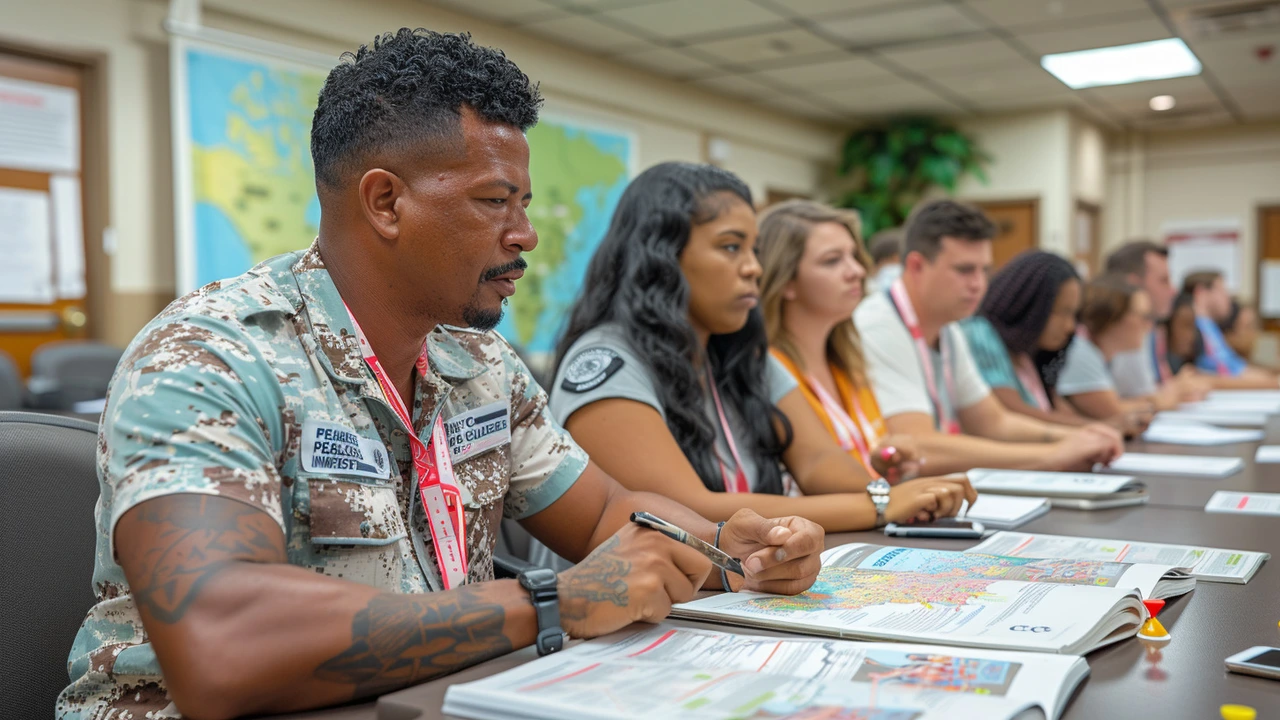At its peak, the UN fielded over 100,000 uniformed peacekeepers — but size alone doesn't buy peace. So what makes a peacekeeping strategy actually produce results? This page lays out clear, practical ideas you can use if you’re studying missions, advising policymakers, or just trying to understand how to turn mandates into safer communities.
A peacekeeping strategy is a focused plan that links political goals, security tasks, and local needs. It answers three simple questions: what are we protecting, who decides the rules, and how do we measure success? When those three align, missions stop spinning their wheels and start making local life steadier.
Key elements of a strong strategy include a clear mandate, strong local partnerships, and realistic resources. A mandate must name priorities — protecting civilians, supporting elections, or helping deliver aid — because vague orders create confusion. Local partners — community leaders, civil society, local police — turn international plans into everyday action. And without the right money, equipment, and trained people, even the best plan fails.
On-the-ground tactics matter. Small patrols that regularly talk to residents build trust faster than random flyovers. Quick-reaction teams deter violence when equipped and positioned correctly. Civil-military cooperation helps deliver services and rebuild infrastructure without blurring lines between soldiers and aid workers. Supporting local dispute-resolution mechanisms and backing fair local elections helps move conflict from violence to politics.
Unclear mandates, lack of political backing, and limited funding are the usual culprits. Host governments may resist real protection roles, spoilers use local grievances to stoke conflict, and missions can struggle to share timely information. Technology helps, but without training and rules it can turn into noise. Knowing these barriers upfront lets planners design workarounds instead of surprised responses.
Successful missions combine a few predictable moves: align the mandate with a political strategy; invest in local ownership so communities see long-term benefit; train peacekeepers for cultural awareness and civilian protection; integrate police, troops, and civilian experts; and use data to track results. Women’s participation and community policing consistently boost trust. Simple monitoring — tracking civilian safety, return of displaced people, and local governance capacity — shows whether the strategy is working.
Practical tips: write short, specific mandates; fund flexible rapid-response units; partner with local NGOs for outreach; use mobile surveys to sample local perceptions; and set six-month reviews to adjust tactics. These steps keep missions responsive instead of static.
Want real examples and deeper reads? The Peacekeeping News Hub tag for "Peacekeeping strategy" collects stories on tactics, mission evolution, human rights protection, and community-driven approaches. Browse the posts to see how strategy looks in practice and what lessons each mission offers.

Hello there! In this post, I'm diving deep into the concept of peacekeeping as a global strategy for peace and security. We'll discuss how international relations and diplomacy play key roles in maintaining a harmonious global environment. I'll also share insights on the various strategies adopted by nations globally for peacekeeping, and how these contribute to international security. The aim is to provide you with a comprehensive overview of the subject, giving you a more profound understanding. So get yourself comfortable and join me on this enlightening journey of peace and security.
